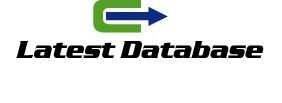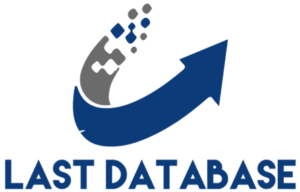If you are not using landing pages for SEO on your WordPress site, you are missing out on a huge opportunity and way to make your site more user-friendly for your visitors.
Categories are great for eCommerce stores, portfolios, blogs, and more. A category landing page helps you group together similar pieces of content to show to customers based on their interests. Instead of seeing all of your products, they can view belgium business email list those related to their interests based on the category.
These categories help search engines learn more about your site’s content and how it benefits your customers.
We’ll explain how to use categories and key elements of category landing pages to help you achieve great SEO results.
A Guide to Adding Category Landing Pages to Your WordPress Site
Creating categories on your WordPress site isn’t enough. These categories provide a page you can link to, but they often lack important elements to provide SEO value. Here are five key things to consider when designing category landing pages on your WordPress site.
1. Start with keyword research
Before you design category landing pages, make sure you have done a good job of researching keywords for your site. You will want your the internet allows you to evaluate category landing pages to be based on this research to give them the most SEO value.
This doesn’t mean you should create categories for every keyword your site is targeting. Instead, look at the most important keywords and subsets of content on your site. These are the categories you want to create.
For example, if you sell socks on your site, you might not want to create a category for red socks. Instead, a more valuable landing page fax database category might be tube socks, compression socks, cut-off socks. This way, you’re targeting your customers’ search intent more than random categories as you see them from your brand’s perspective.
2. Develop content for the category landing page
A category landing page shouldn’t just be a list of products. Add text to the page to provide context for your users.
Going back to the socks example, you can write content that explains the key selling points of your product. Explain what goes into your socks or how they are made sustainably. This will help give the page more SEO value, as well as make it valuable content that can lead to a sale.
The content requirement should be around 300 words, but do not use only empty words. If the page is not designed for 300 words, write only the amount of content that makes sense based on the category and its content.






